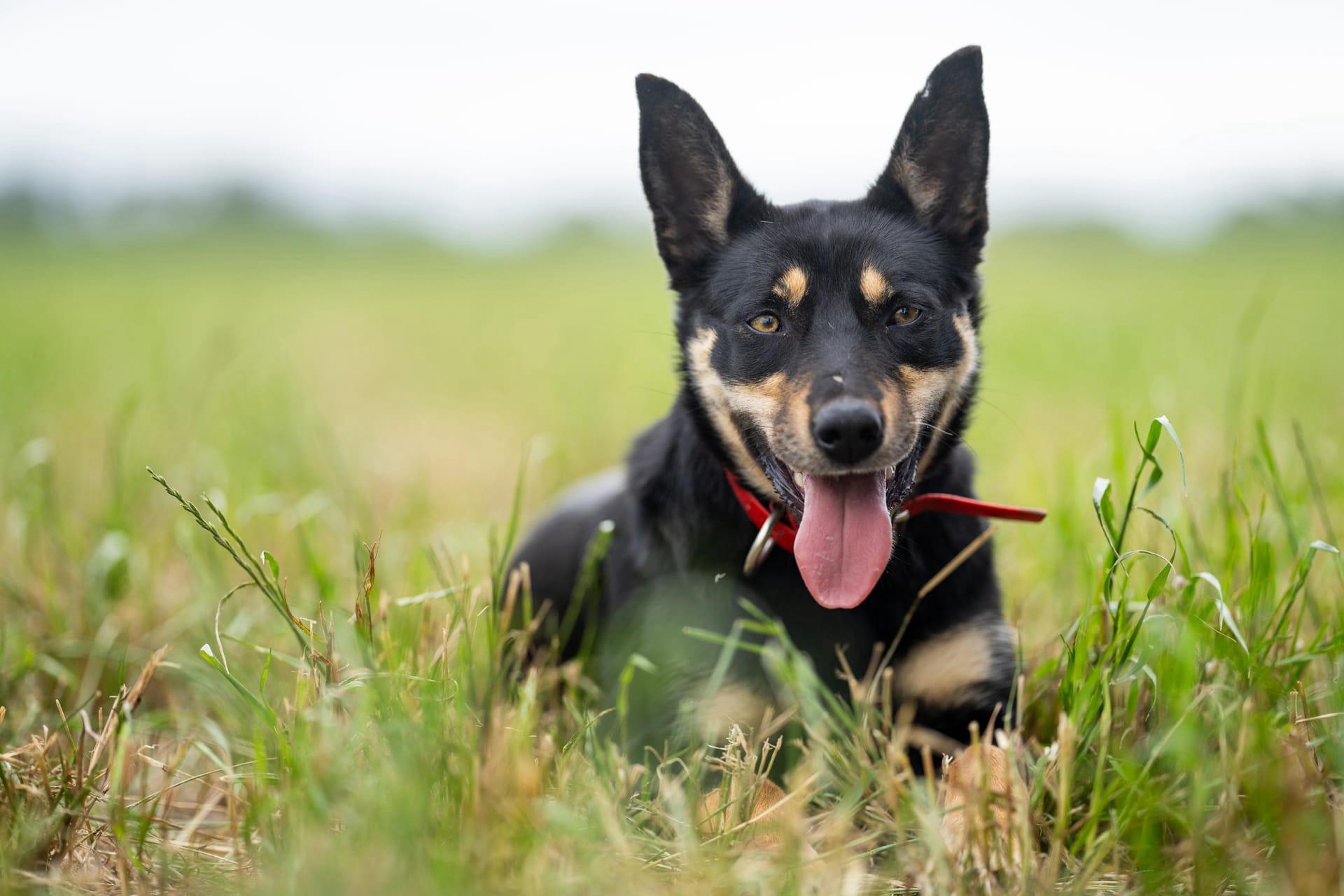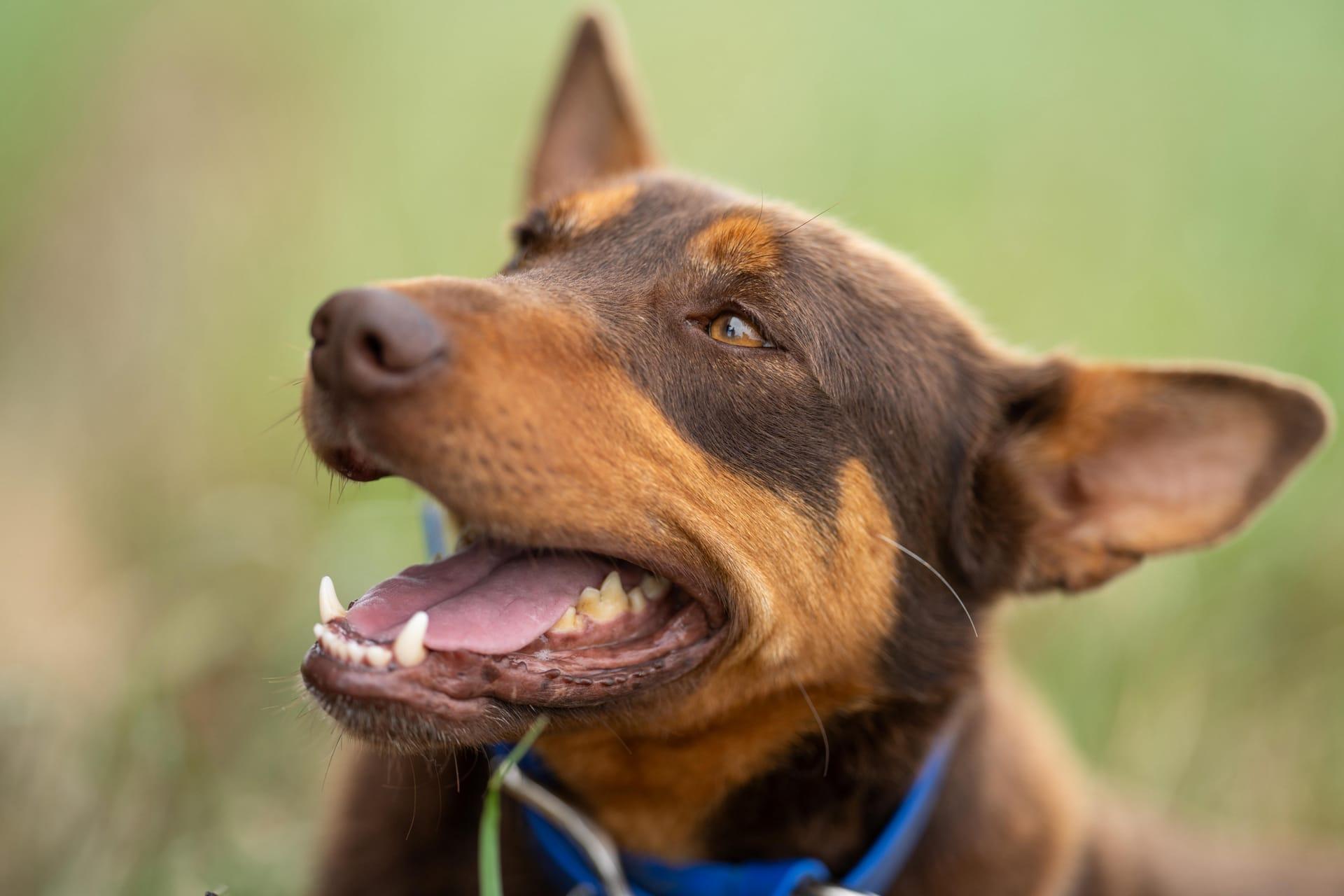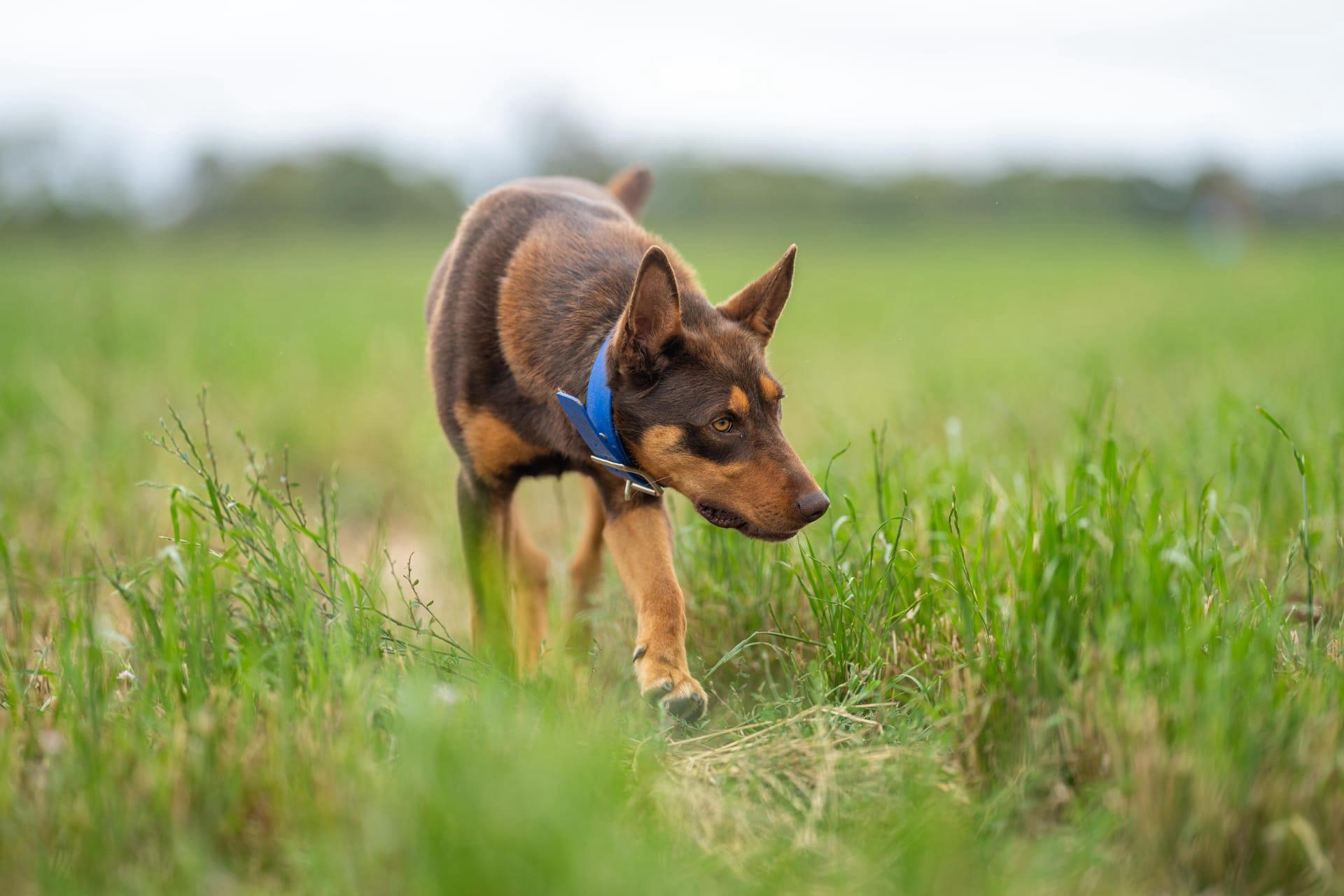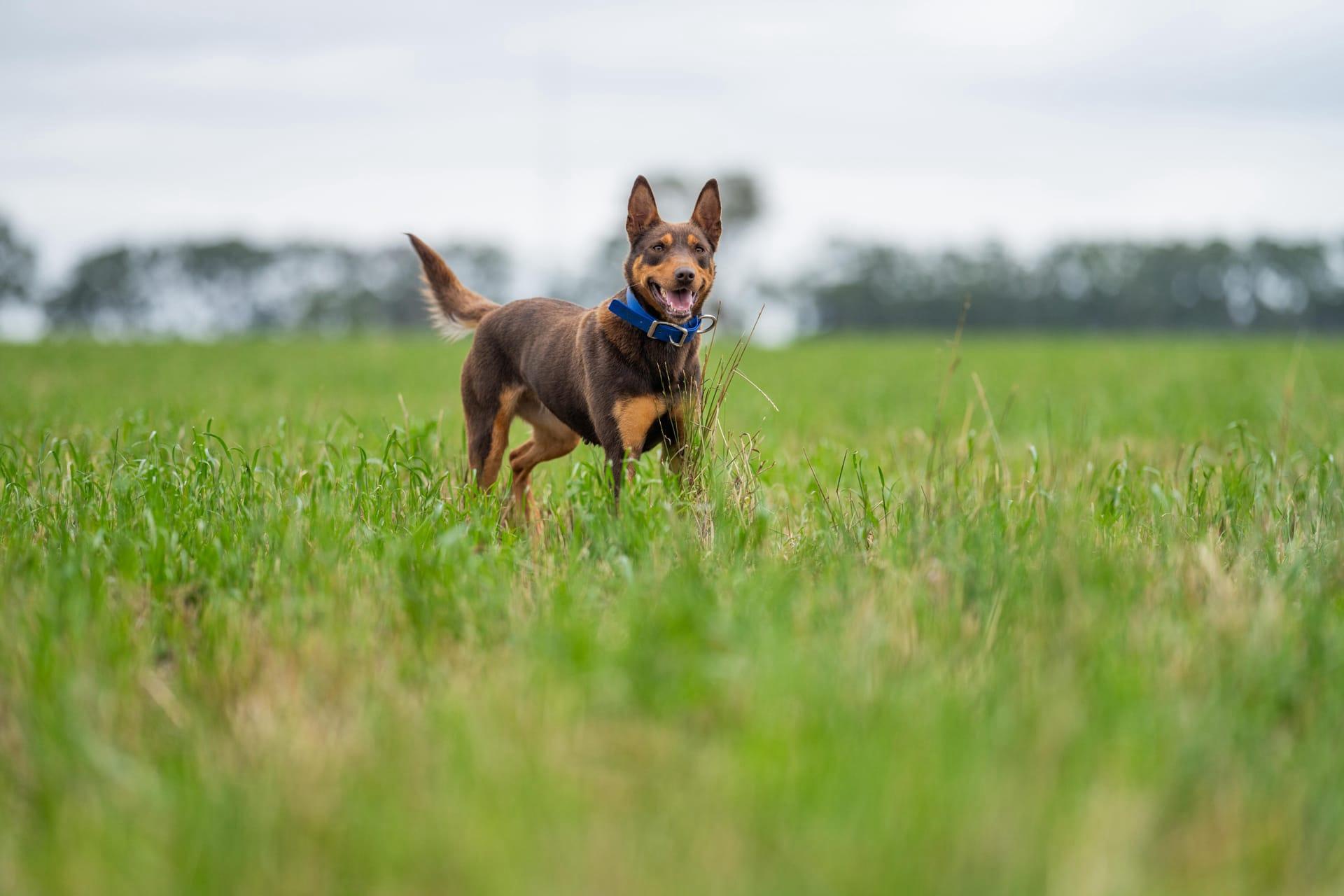1
The Australian Cattle Dog, known for its intelligence and agility, boasts a remarkable working heritage that traces back to the early 19th century. Developed by Australian settlers to handle herds of cattle on expansive ranches, this breed combines the hardiness of the dingo with the herding instincts of collies and other herding dogs. This unique blend resulted in a dog capable of managing cattle over vast distances, under harsh conditions, and through challenging terrains. The breed's ability to work tirelessly for hours stems from this meticulously crafted lineage, which was designed to meet the demanding requirements of cattle ranching in Australia's rugged landscapes.
Australian Cattle Dogs possess a distinctive coat pattern known as the "blue" or "red speckle." This coloration is not just for looks; it serves a practical purpose. The breed's coat is short, dense, and weather-resistant, providing protection against the harsh Australian climate. The "blue" variant of the coat comes from the breed's early crossbreeding with the blue merle Collie, contributing to the speckled pattern that helps to camouflage the dog in the Australian bush. This speckling effect is achieved through a combination of black, blue, and white hairs in the blue-coated dogs, and red, orange, and white hairs in the red-coated variants, making each Australian Cattle Dog's pattern unique.

2
One of the most captivating aspects of the Australian Cattle Dog is its longevity and health. These dogs are known for their exceptional lifespan, often living well into their teens, with some individuals reaching 15 years or more. This longevity is attributed to the breed's robust genetic makeup and an active lifestyle that keeps them physically and mentally engaged. Regular exercise and mental stimulation are crucial for this breed, contributing to their overall well-being and longevity.
The breed's intelligence ranks it among the top of canine IQ charts. Australian Cattle Dogs are quick learners, adept at solving problems and capable of performing complex tasks. This intelligence was a key factor in their development as cattle herding dogs, where they needed to think independently and make split-second decisions. Their cognitive abilities make them excellent candidates for dog sports such as agility, obedience, and herding trials, where they often excel. This high intelligence, however, also means they require consistent mental stimulation to prevent boredom and associated behavioral issues.

3
Australian Cattle Dogs have a history of working closely with their human counterparts, forming strong bonds and showing remarkable loyalty. This breed is known for its protective nature, often forming a particularly close attachment to one family member, though they are loving towards all members of their household. This loyalty combined with their natural wariness of strangers makes them excellent watchdogs. They have an innate sense of when to guard and when to welcome, distinguishing friends from potential threats with impressive discernment.
Another interesting trait of the Australian Cattle Dog is its communication style. This breed is not excessively vocal but uses a range of sounds to express itself, from barks to growls to whines, each with distinct meanings. Additionally, they use body language extensively, making them one of the more communicative and expressive breeds. Their ability to use subtle signals to communicate with their owners and other dogs is a testament to their intelligence and social nature, making them highly effective in their traditional role as herd managers and loyal companions.

4
The physical stamina of Australian Cattle Dogs is legendary. These dogs are built for endurance, with a muscular build and a compact size that belies their strength. They are capable of running at high speeds for long distances without showing signs of fatigue, a trait that was essential for herding cattle across the vast Australian outback. This endurance is supported by their efficient gait and a strong, flexible spine that allows them to make quick turns and sudden movements necessary for herding livestock.
Despite their working dog heritage, Australian Cattle Dogs have adapted well to a variety of living situations, proving to be versatile companions. They thrive in environments where they can be physically active and mentally engaged, whether it's on a farm, in a suburban backyard, or even in an urban setting, provided they receive sufficient exercise. Their adaptability extends to their diet and care, with the breed being generally healthy and not prone to many of the genetic conditions that affect other purebreds. This resilience and flexibility make the Australian Cattle Dog a suitable pet for a wide range of households.

5
The Australian Cattle Dog's coat not only has a unique coloration but also includes a double layer that provides insulation against extreme temperatures. The outer layer is smooth and repels dirt and water, while the undercoat is dense and soft, keeping the dog warm in winter and cool in summer. This dual-layer coat allows the breed to work in various weather conditions, from the hot, dry climate of the Australian bush to colder, wetter regions.
The Australian Cattle Dog's role in popular culture cannot be overlooked. The breed has been featured in movies, television shows, and books, where they are often portrayed as heroic, intelligent, and loyal companions. Their presence in media has helped to raise awareness of the breed's versatility, intelligence, and endearing qualities, contributing to their popularity not just in Australia, but around the world. These portrayals often highlight the breed's natural instincts, work ethic, and strong bond with their human partners, showcasing the many reasons why the Australian Cattle Dog continues to be beloved by dog enthusiasts everywhere.